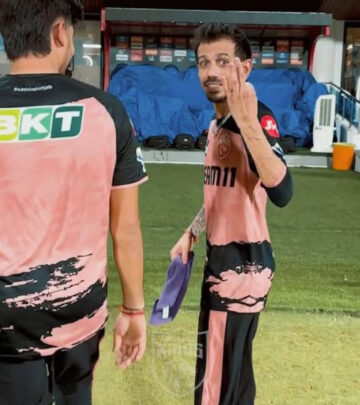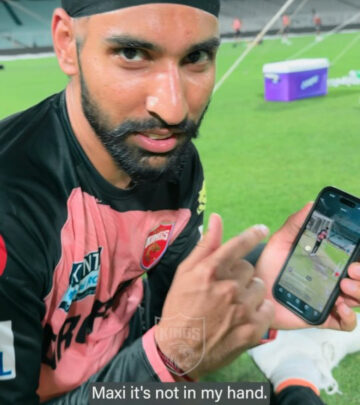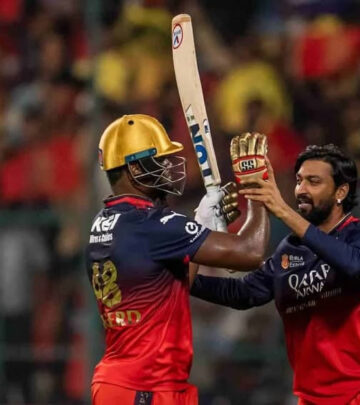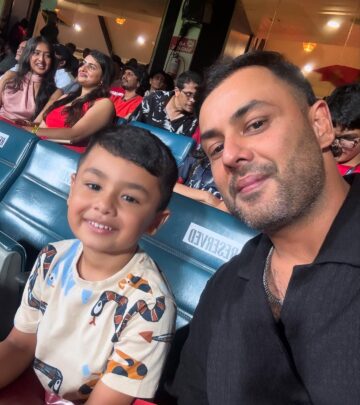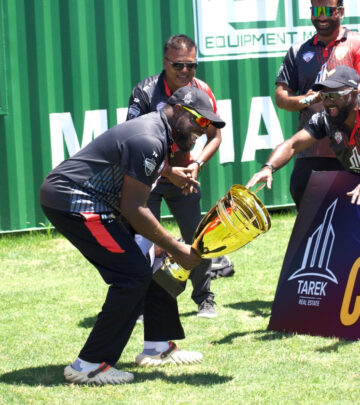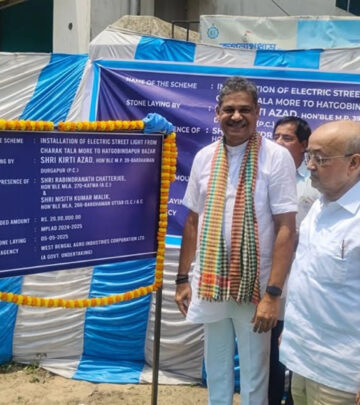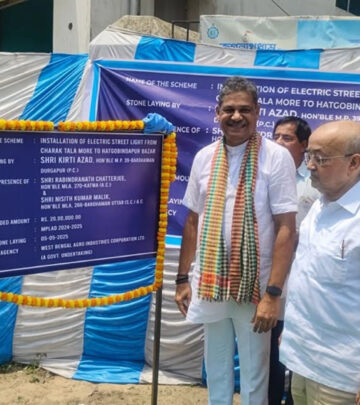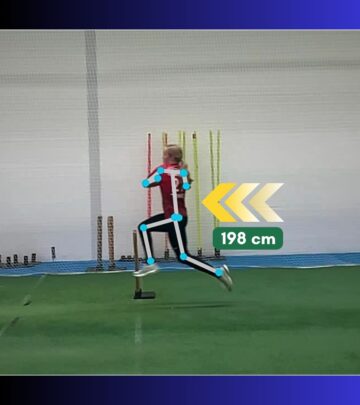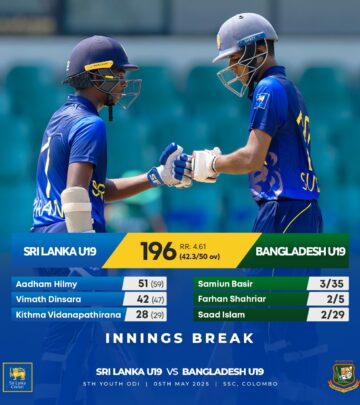Muscles Speak Kinetics: Coaching Beyond Words
Harnessing physics in motion, fast bowling drills with adaptive cues replace repetition!!!
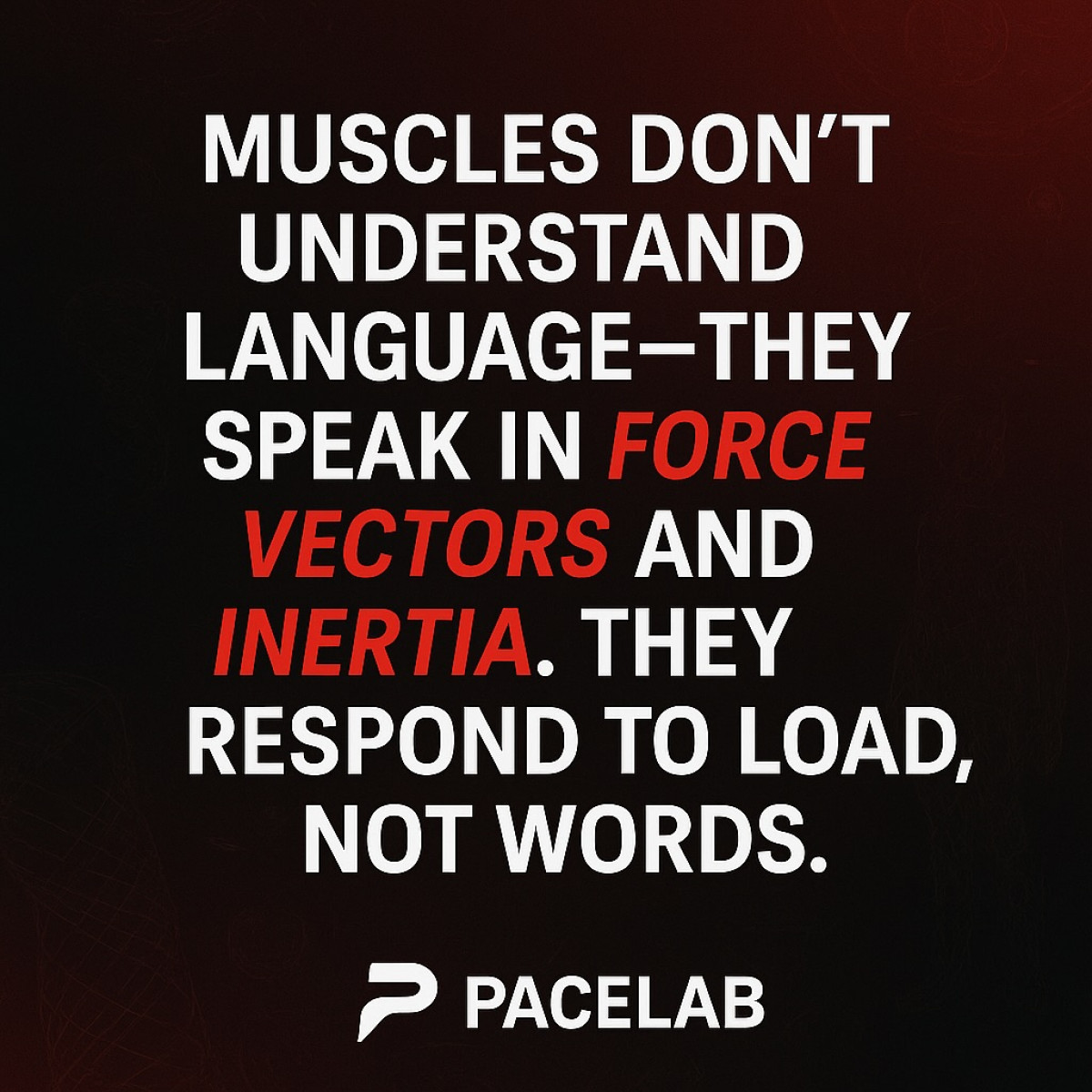
Image: Instagram
In the world of athletic training, a provocative idea is making waves—muscles communicate through force and inertia rather than through motivational words. A recent post by Savage Velocity reminds coaches and athletes alike that every movement, every rep, and every drill is fundamentally a conversation between the body and the external world governed by the laws of physics.
Muscles Don’t Listen To Words – They Speak In Force And Inertia
The message is clear: while coaching cues such as “extend” or “rotate” have their place, they are ineffective unless paired with the correct physical context. Muscles respond not to spoken commands but to invisible forces like tension, torque, and acceleration. As the post explains, although verbal instructions may set the stage, the actual language of movement is one of force vectors, joint angles, and ground reaction forces.
Coaching and motor learning have long balanced on the interplay of technique and physics. As described in the original post, the body learns by interacting with its environment, adapting through load, constraints, and specific movement drills. This perspective has important implications for sports, including fast bowling, where the margin of error is minimal and every fraction of a second counts.
Key Principles Of Motor Learning In Athletics
The idea is not simply about doing repetitions or perfecting a static technique. Instead, it is about creating training conditions that force an athlete to adapt. For example, when a coach tells a bowler to ‘rotate,’ that cue only works if the drill environment mimics or even challenges the natural dynamics of movement. The athlete’s muscles, tendons, and nervous system engage in a complex dialogue of motor patterns and reflexes that ultimately shape performance. In this sense, every training drill is a practical experiment in how the body responds to kinetic and kinematic demands.
Former fast bowlers and current coaching experts, including renowned coach Steffan Jones—whose career and insights are well documented on Wikipedia—have long argued that training should focus on functional adaptability rather than sterile, repetitive motion. Steffan emphasizes that fast bowling requires not just consistency but also adaptability to changing conditions. His recent posts on UK summer coaching highlight how international and domestic players alike benefit from well-designed, variable training sessions that emphasize real-world challenges over mechanical repetition.
Design Drills For Real-world Adaptation
Traditional training methods often rely heavily on repetition, reinforcing a single “perfect” motion. However, such approaches can lead to fragility under pressure. As noted across several related posts from Pace Lab, the true path to mastery in fast bowling lies in the concept of functional variability. This involves developing drills that simulate match conditions, where every delivery, every change in weather, and every fluctuating pitch are factored into the athlete’s training regimen.
One of the innovative ideas emerging from recent discussions is the principle that words themselves are not enough. Instead, coaches should concentrate on designing drills where the physical stimulus, such as overload resistance and task specificity, naturally guides the body into the correct movement patterns. For instance, rather than simply instructing bowlers to achieve a flawless rotation, drills should be created that necessitate a natural extension and adaptation of the bowler’s body. The resulting motor learning emphasizes stability and adaptability over mere repetition.
Several Instagram posts from Pace Lab underline that repeatability without adaptability can undermine an athlete’s performance, particularly in sports where conditions are unpredictable. Athletes are encouraged to train in environments where the cues come not from a coach’s voice but from the physical challenges inherent in the drill. This method has shown significant promise in fast bowling, where even slight improvements in stability and load handling can translate into noticeable advancements in speed and performance.
Moreover, training protocols that harness variability have been credited with improving outcomes by preventing the stagnation often associated with monotonous repetition. By introducing controlled elements of chaos into practice sessions, athletes learn to adjust dynamically, ensuring that skills transfer seamlessly from training to game situations. This approach not only builds physical resilience but also reduces the risk of injury by reducing overuse of a singular movement pattern.
The underlying message of the post is both simple and revolutionary: effective coaching must speak the language that the body understands—kinetics and kinematics. When disciplines such as fast bowling adopt this mindset, they prepare athletes to excel under the unpredictable pressures of competitive sport. As a result, the narrative shifts from one of passive repetition to an active, dynamically engaged training culture.
In conclusion, the push for a physics-based approach to athletic training represents a significant evolution in coaching philosophy. By replacing rote verbal cues with drills that emphasize functional variability, coaches can foster a deeper, more resilient understanding of movement in their athletes. This method not only enhances performance but also ensures that training sessions remain effective and engaging. As the sports world continues to embrace these innovative practices, athletes across disciplines—from fast bowlers to dynamic field players—are likely to experience enhanced performance and greater adaptability on the field.
Steffan Jones and other leading coaches are at the forefront of this transformation, setting the stage for a new era of performance-driven training that prioritizes adaptability over repetition.
Read full bio of Joyce



